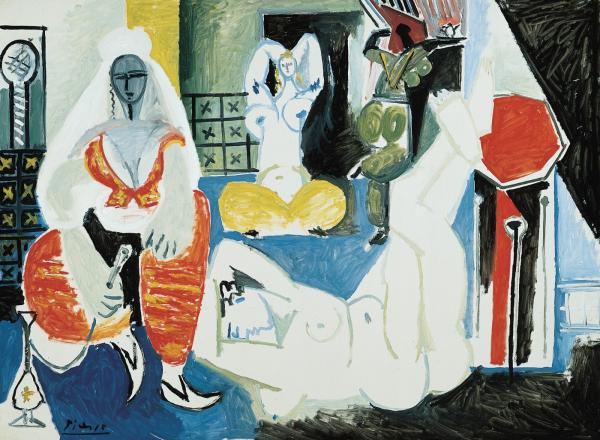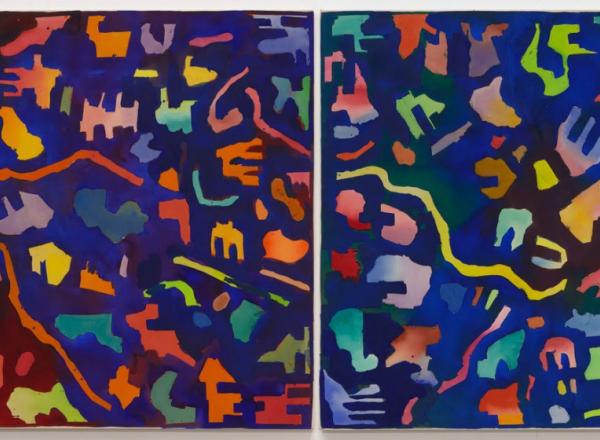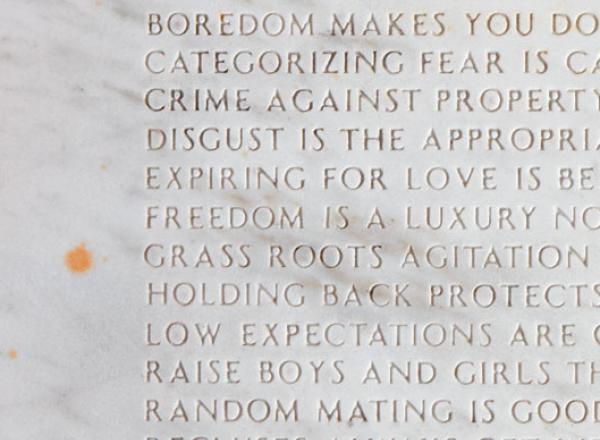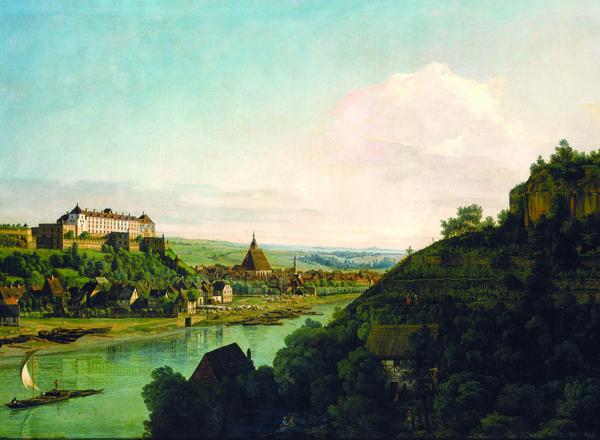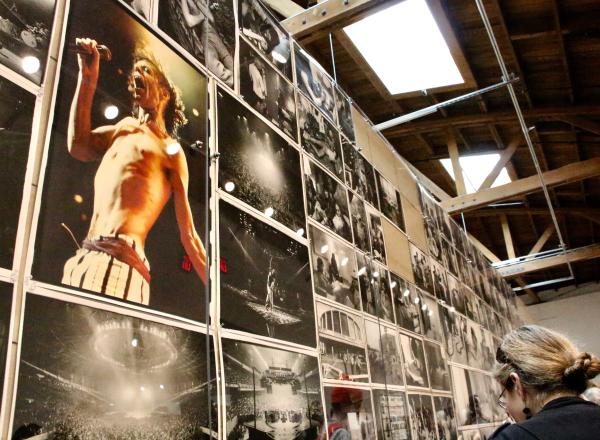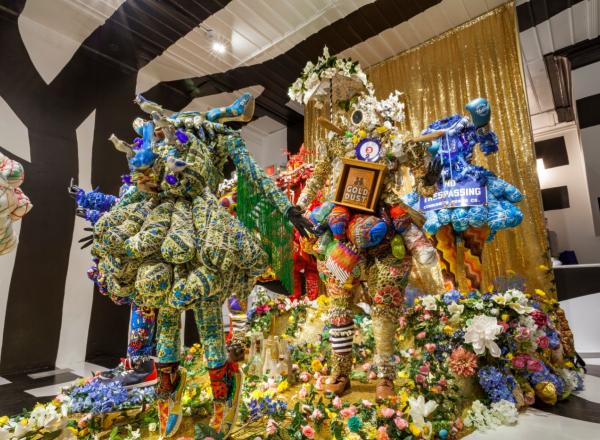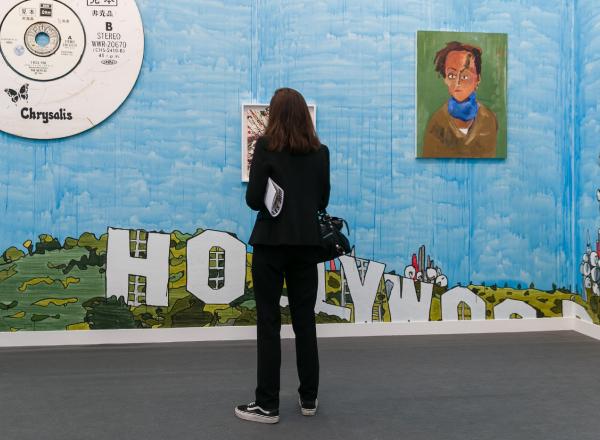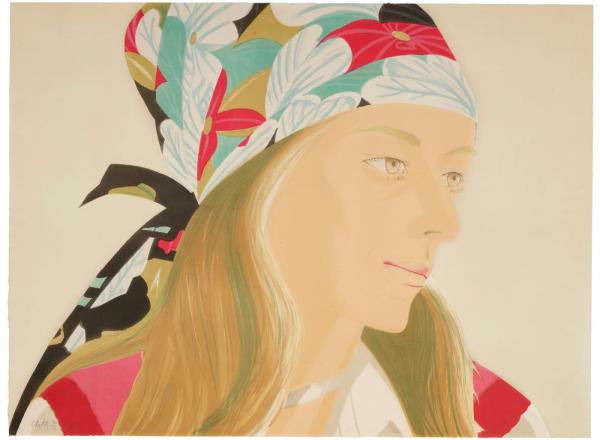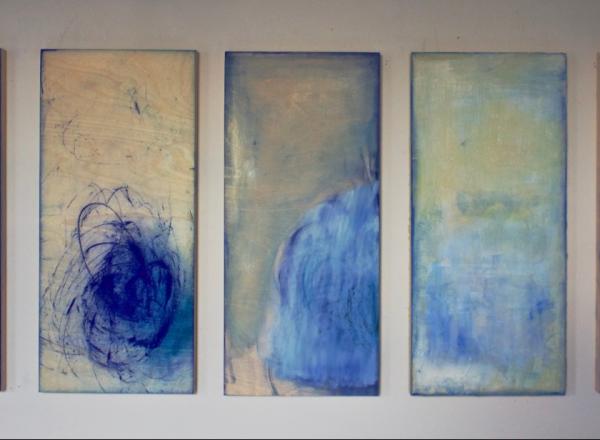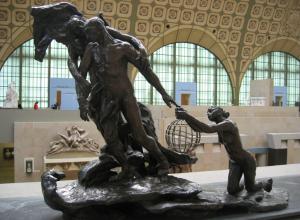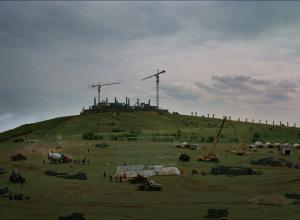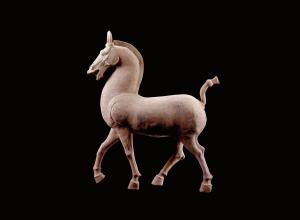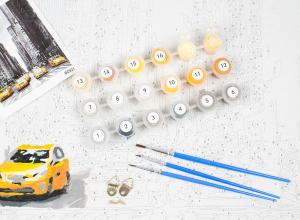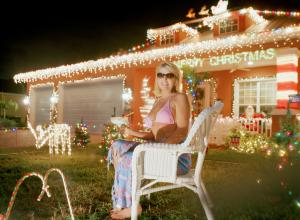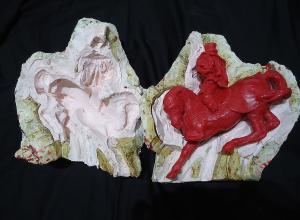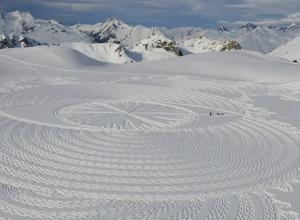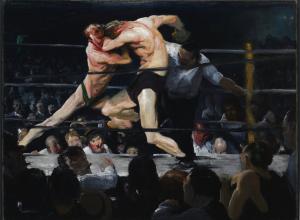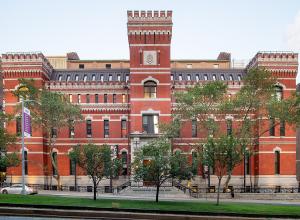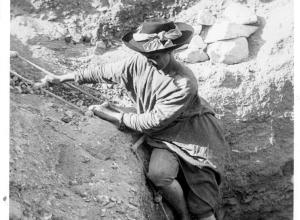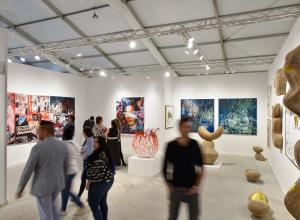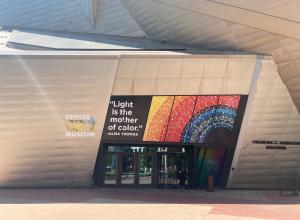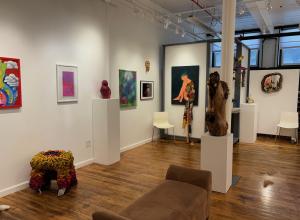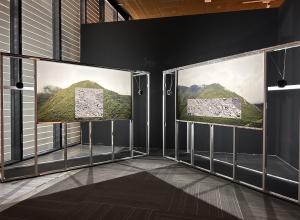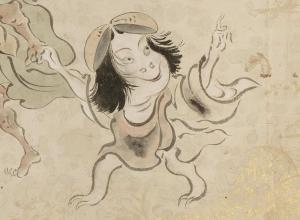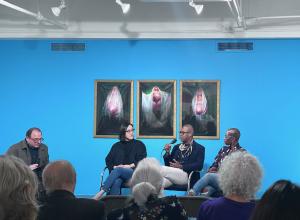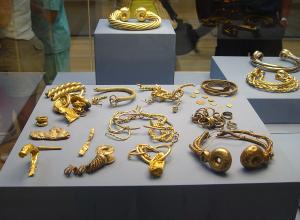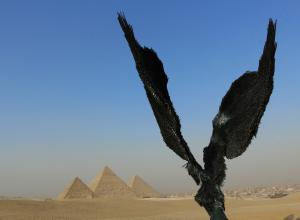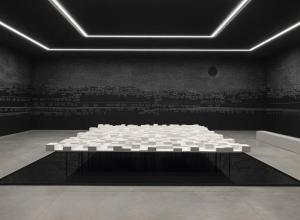The Norton Simon Museum presents Matisse/Odalisque, a vibrant exhibition that explores the theme of the odalisque, a reclining nude or concubine that was a popular subject in European art throughout the colonial period. These erotic images of women in the geographically vague “Orient” evoked a life of luxury and indolence far removed from 19th-century industrial society (and 21st-century standards of representing race and gender).
Art News
Since his death in 2005, attention to the minimalist painter Robert Duran has been, well, minimal. Duran was well-known in his liftime, having participated in a pair of Whitney Biennials (1969 and 1973). He mounted a number of solo exhibitions at New York’s Bykert Gallery, and his work was reviewed in Artforum, ArtNews and the New York Times as part of the vanguard of minimalist artists in the late ‘60s and early ‘70s.
Phillips’ first New York auction of the 2019 season, New Now on February 27th, is considered the go-to place for the latest in cutting edge art. Featuring luminaries in the contemporary art field, the auction has works by long-term established artists, and up-and-coming innovators. With over 170 works, spanning decades, the auction includes impressive, thought-provoking, genre-challenging paintings, prints, sculpture and photography. We’re shining the lens on 10 artists known for pushing the envelope.
Bernardo Bellotto is recognized as one of the greatest view painters in history, acquiring his fame in mid-18th-century Dresden as the court painter for the elector of Saxony, Frederick Augustus II—who was also King Augustus III of Poland. Over the course of a decade, Bellotto produced dozens of breathtaking depictions of the city and its environs, most measuring over eight feet in width. The success and renown of these grand, comprehensive works would earn Bellotto prestigious commissions at prominent courts throughout Europe.
Four thousand photos is almost too many, but Annie Leibovitz The Early Years, 1970-1983: Archive Project No. 1, at Hauser & Wirth, Los Angeles, through April 14, has more than that. In fact, there are so many that some are placed at ankle height, requiring young knees for viewing, while others sit six feet and above. High or low, they’re all worth seeing.
A powerful multisensory installation of sculpture and sound by American contemporary artist, poet and activist Vanessa German will be on view at the Fralin Museum of Art at the University of Virginia Feb. 22 through July 7, 2019. The major work, which combines figures without their heads, heads without their bodies, found objects and ephemera, grapples with some of the most profound challenges of contemporary life, including violence, loss and inequity, particularly in communities of color and for the LGBTQ community.
We’re joined by fellow Art History Babe and map lover Mariah Briel to parse through all sorts of theoretically challenging ideas concerning maps and how we document space. Join us as we discuss map making and its relationship to cultural ignorance, the fundamental issues with making a 3D thing into a 2D thing, and how maps operate as both an art object and a scientific object.
Frieze Los Angeles debuted as a new international art fair on February 14, 2019 and closed on Sunday, February 17, 2019, celebrating the city’s pivotal role in the international art community. The fair attracted 30,000 attendance across the gallery tent and backlot program, including civic leaders, international art collectors, curators, critics, and members of the Hollywood entertainment community.
With two upcoming auctions, Christie's offers the unique opportunity to compare the artistic outputs of some modern masters. Contemporary Edition, on February 27, features a variety of prints from Joan Mitchell, Jasper Johns, Robert Rauschenberg and others. Their Post-War to Present sale, taking place the next day, offers singular works from some of the same artists.
Contemporary artists and mother/daughter team Lizbeth Mitty and Dana James are pleased to announce ‘The Thread’, a joint exhibition featuring new works from each artist. The show derives its title from their genetic and psychosocial bond, and their mutual experience as women in the art world. Hailing from successive generations with contrasting cultural landscapes, Mitty and James simultaneously diverge and overlap in subject matter they address, while employing antipolar visual linguistics. The artists are closely aligned in their process-driven approaches, and each serves as the other’s most honest and consistent critic. ‘The Thread’ is an intergenerational dialogue between two artists of markedly different aesthetics, whose close-knit familial bond is channeled through technique and modus operandi.




